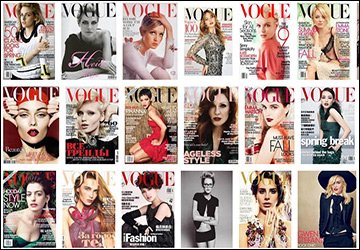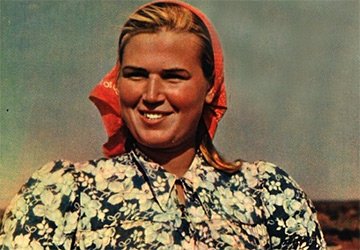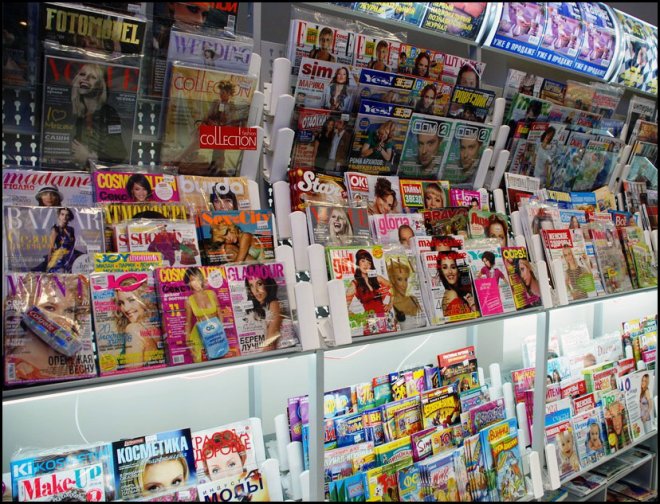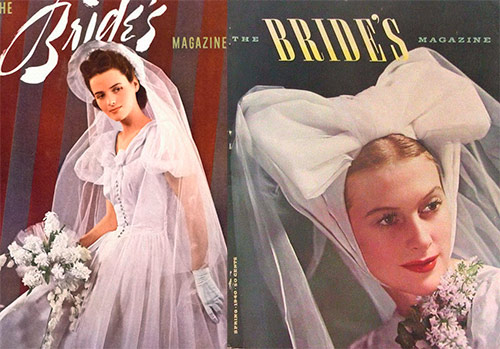Fashion history
The history of the creation of fashionable glossy magazines
Our website mystyle.decorexpro.com/en/ is based on the principle of a blog - an online magazine, contains many photographs, which are of the highest quality and size possible. Glossy magazines, of which there is a huge selection now, are also distinguished by an abundance of high-quality photographs and illustrations. In general, in terms of content, mystyle.decorexpro.com/en/ magazine and printed glossy magazines have a lot in common. This means that mystyle.decorexpro.com/en/ is in some way a continuer of the paper gloss business, and in the future it will carry ideas promoting fashion and beauty through the most advanced technologies.
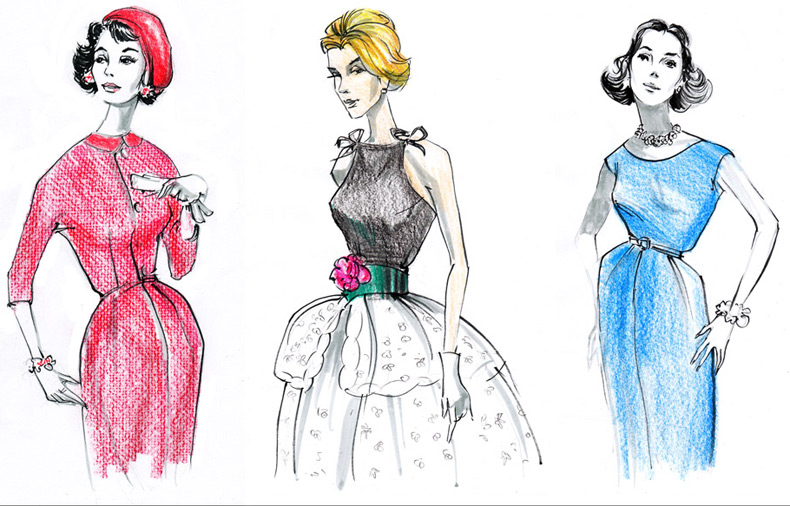
And now a little from the history of glossy magazines, so to speak, a look into the past.
The first glossy magazines were created in Europe at the beginning of the seventeenth century. These magazines were mostly only with fashion pictures. But thanks to them, fashion reached the people.
At first, the magazines were with yellow and rough paper, and the pictures in them were simply decorated. It was only much later, when the paper industry and the printing industry allowed paper to become shiny, did they become glossy. And then, not pictures, but photographs appeared in them. Originally, like photographs, glossy magazines were black and white and matte glossy. Many of the illustrations were hand-drawn, and this is what allowed the amazing aesthetics to be preserved. But in the 30s of the last century, color and magazines such as Vogue, Harper's Bazaar, began to introduce color solutions.
Thus, fashion trends spread to the masses. It can be argued that this is how the first advertising of goods appeared.
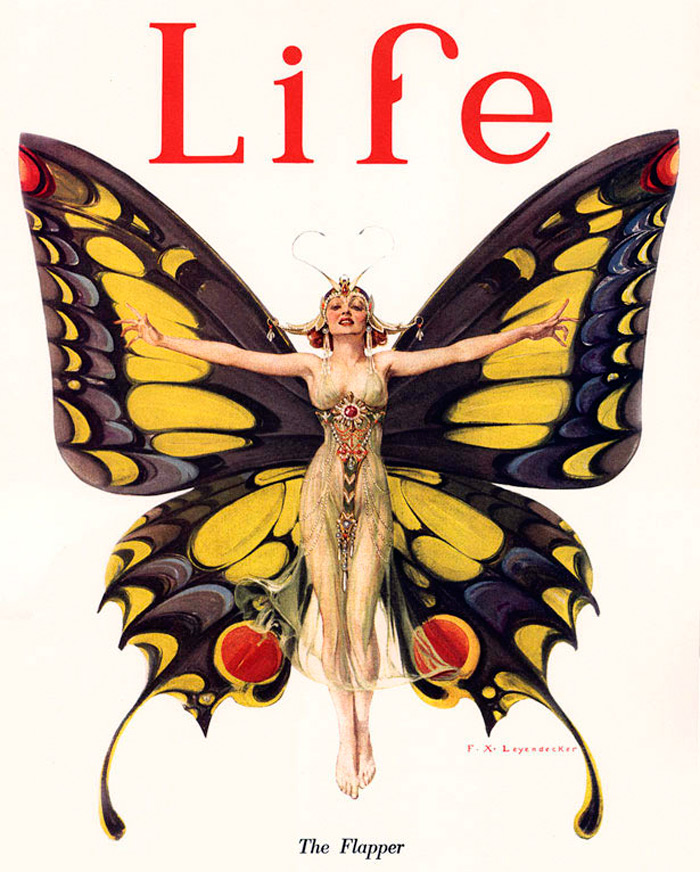
What did you see on their pages? Of course, various dresses, jackets, frock coats and top hats were depicted there. And various trinkets, so-called now, accessories have found a place here. Later, sketches of various furniture and interiors also began to appear. From these magazines, people began to find out what is in fashion now and what color or style to prefer when they come to shop for a purchase. In addition to magazines devoted to fashion and interior design, others have appeared, covering the literary novelties of books, cultural life and achievements in science. Men read mostly intellectual magazines, and ladies who care about their appearance read fashion magazines.
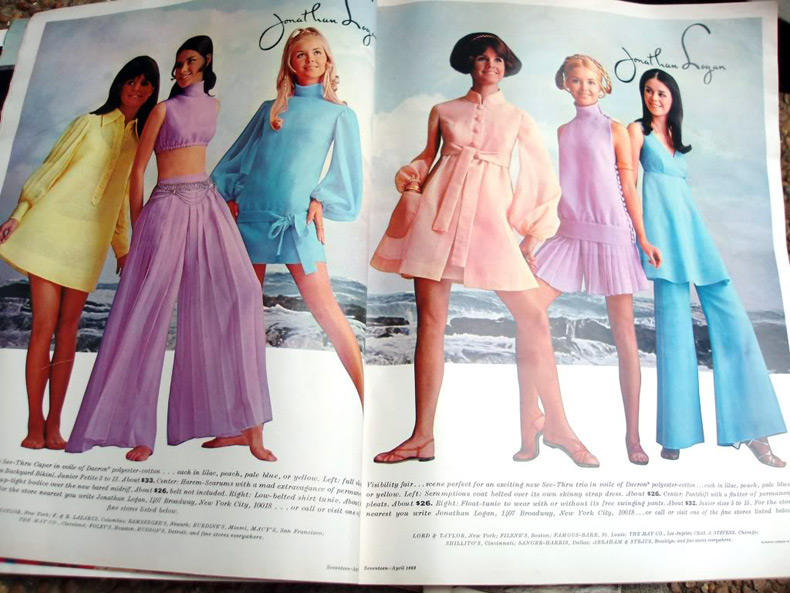
Names and Dates:
In 1665, the Journal des savants was published in France, and the magazines Tatler and Spectator in England at the beginning of the 18th century. At the beginning of the 19th century, this type of magazine appeared in the United States. One of the first and very successful magazines was Godey's Lady's Book, founded in 1830. The most popular glossy magazines were in the 1920s and 1950s, when several super giants were founded, such as Time d in 1923 and the New Yorker in 1925. The first magazine for men also appeared - Esquire.
French fashion magazines, such as the first illustrated fashion magazine, Cabinet des Modes, which began publication in 1785, or Bertuch's Journal des Luxus und der Moderi), often reached a high level. Prominent writers - among them Cocteau, Giraudoux, Colette and artists such as Raoul Dufy and Christian Bérard - have contributed to the creation of this level. Vogue and Harper's Bazaar are now having their final say on fashion. These magazines have helped the art of fashion photography rise to a high degree of artistry over the past twenty years.
And then, gradually, magazines with a professional bias began to be created: magazines for accountants, teachers, doctors, etc. The magazines were also subdivided according to the place of residence of potential readers - into urban and for people from rural areas.
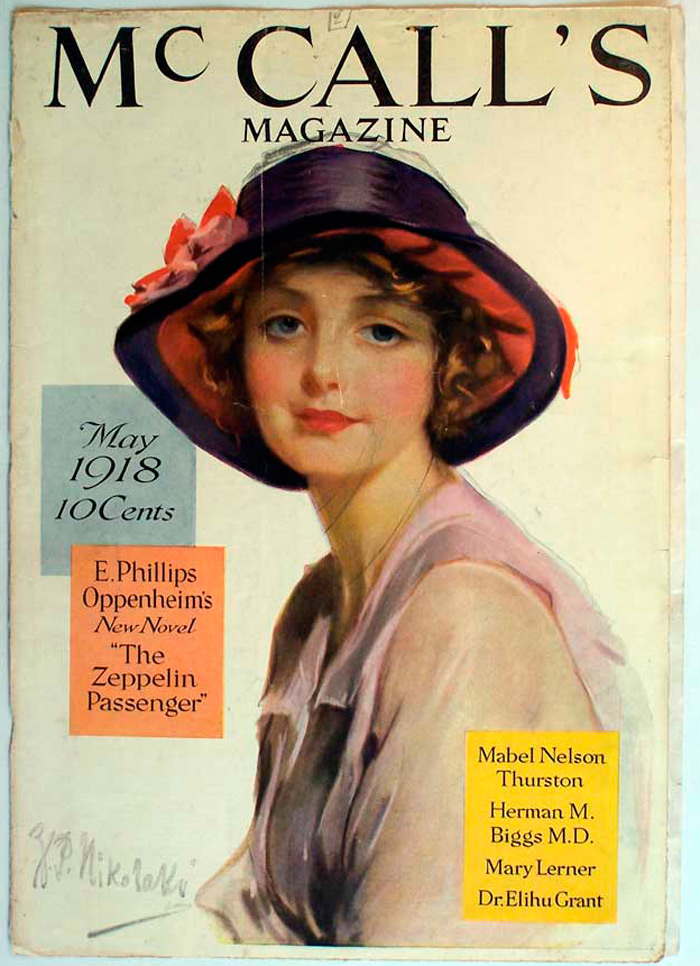
I think many would agree that journals help in the work. And for those who are published in the magazine, the road opens to the world, to the knowledge, someone gains popularity.
The first magazines came to Russia thanks to the Russian Telegraph. They were reprinted from Paris publications.
Before the revolution, the Niva magazine was very popular. In Soviet times, there were magazines for women - "Peasant" and "Rabotnitsa", as well as a men's magazine "Do it yourself". Women's magazines, like all other magazines of the Soviet era, were mostly work-oriented, and only on the last page little attention was paid to needlework; 2-3 photographs of models were also placed here. The Baltic and Polish fashion magazines were worth their weight in gold, since they could be used to update the meager wardrobe of Soviet women.
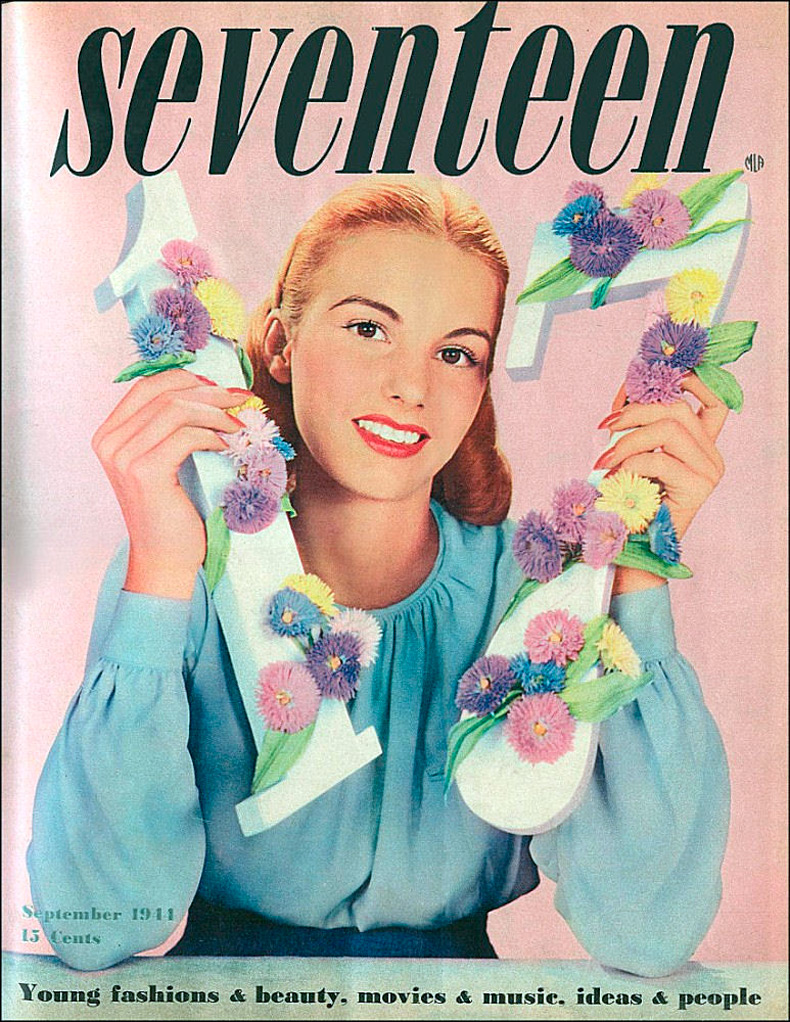
In the late eighties, a colored Burda Moden appeared in Russian and came as a culture shock. For better safety, the magazines were wrapped in paper and given to each other to read almost on bail. If an institution could afford to subscribe to this magazine, of course, not to the detriment of political periodicals, then there was a queue for it, consisting of all the women of the institution. Some translated models and patterns through tracing paper (long and painstaking work). Only after perestroika, real glossy magazines appeared in Russia, along with foreign goods. On their pages, one could read how to live in the world of luxury, and where to buy it all, as well as where to go to relax on your own or with your family. Most of the readers could not afford all this, but it is possible to dream.
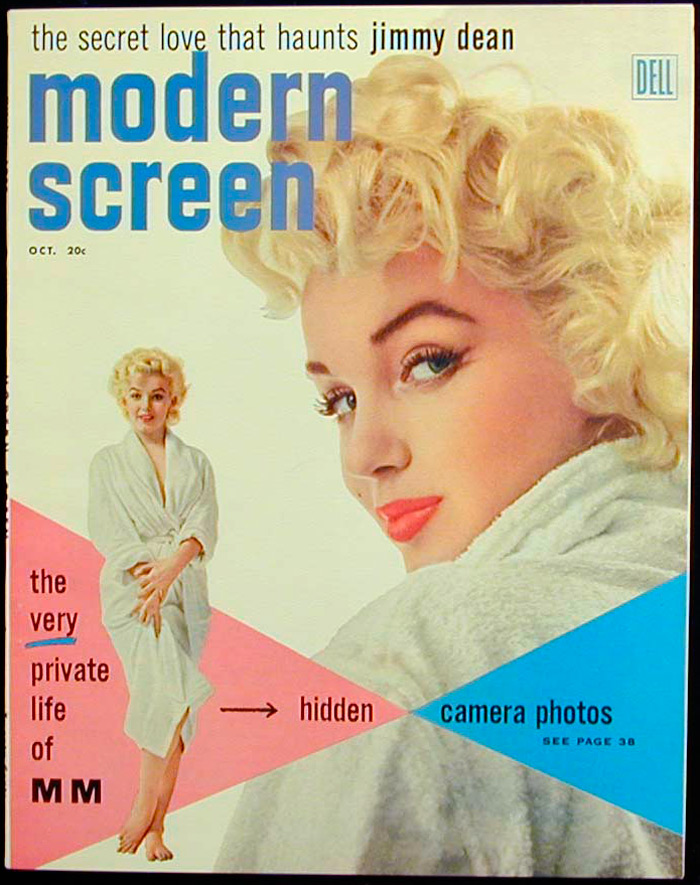
Some magazines are very popular, while others quickly become obsolete and disappear. One of the most popular magazines is American Cosmopolitan. Its circulation is about a million copies.
Cosmopolitan is considered the most popular magazine for young women. Many people like the ironic tone and independent style. Cosmopolitan... The fact that the magazine is very popular now speaks about the professionalism of the editions.
Vogue magazine is focused on high fashion and high society. It also contains articles on culture, politics and art. Its editors around the world are popular women journalists.
Magazines express the whole lifestyle of societies, they have become an integral part of the culture of everyday life, an illustration of our life.
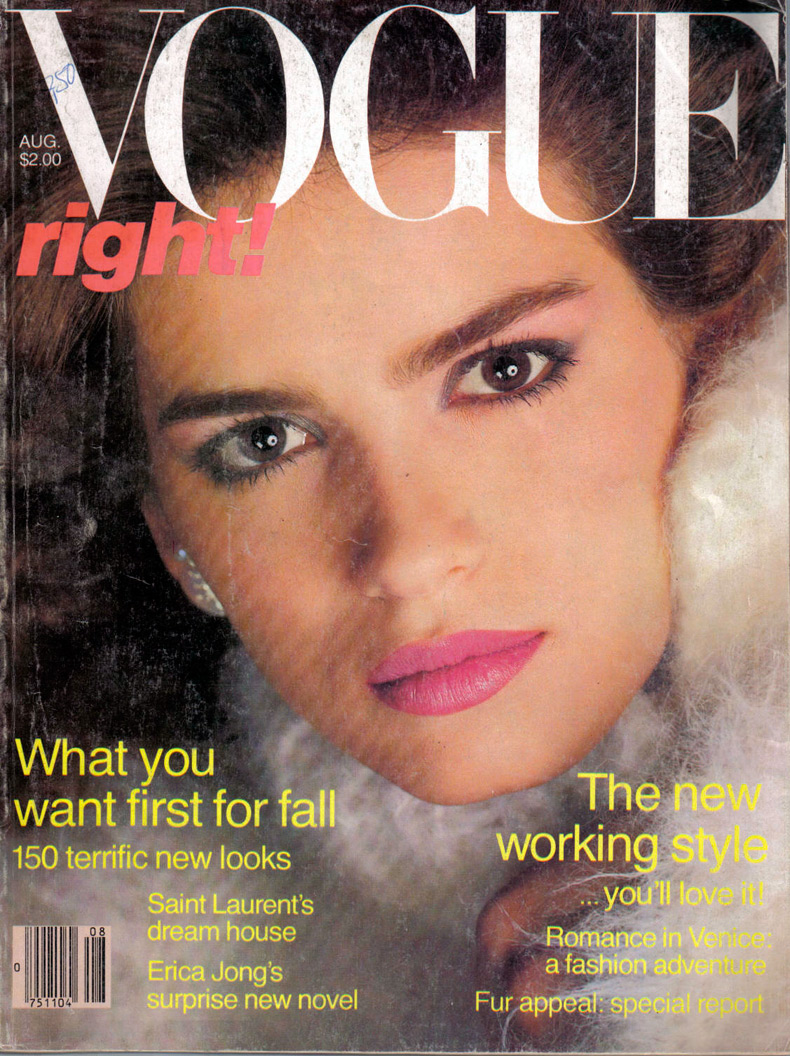
In the future, and very soon, glossy magazines will undergo global changes. Modern technology and the Internet will send most of the print media into the past, leaving only the best ones. And the bulk of information will be transmitted electronically, in various user-friendly formats.
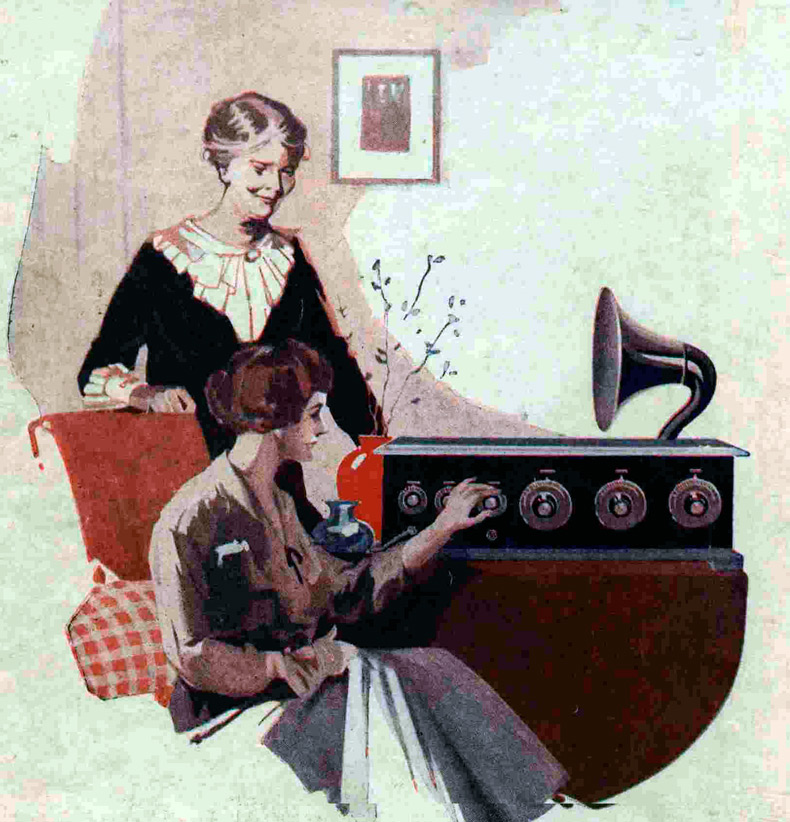
I recommend reading two interesting publications - Glamor and second publication How to become glamorous
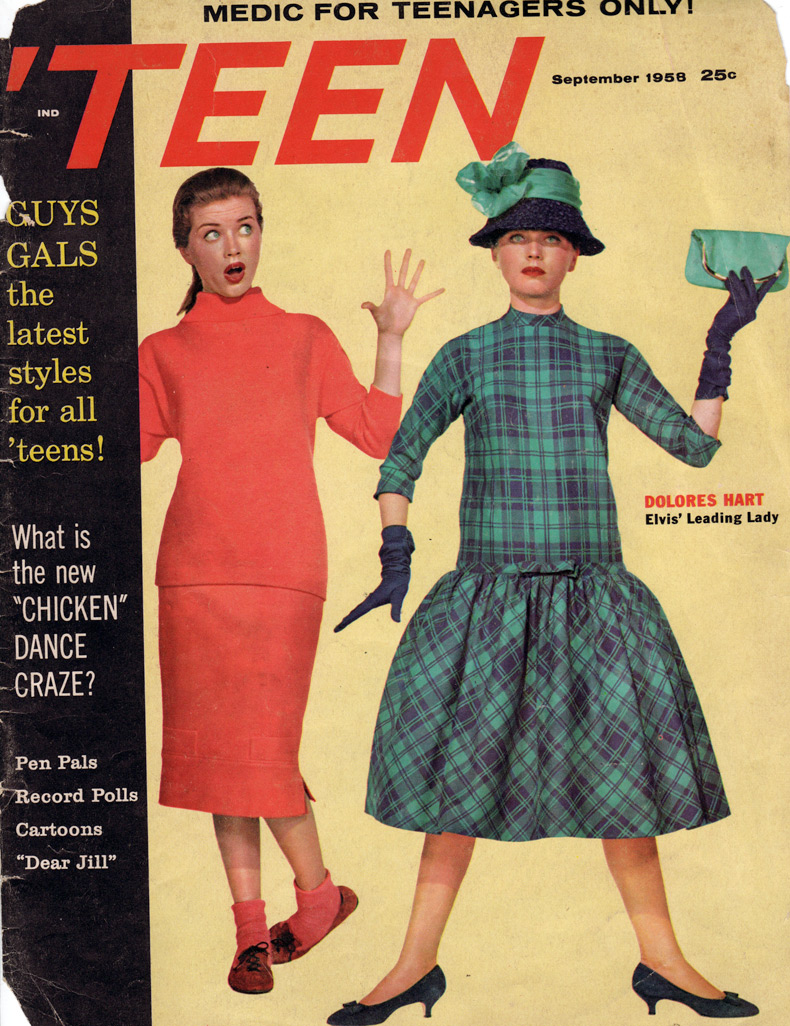
You can also add interesting information regarding the creator of such a famous glossy magazine as Elle. Today it is one of the most popular women's magazines, with a huge audience of readers, and it was created by our compatriot, Helen Gordon-Lazareff (1913 - 1988), who emigrated during the October coup with her parents from Rostov-on-Don. According to some sources, she is the daughter of a Don Cossack, according to others, she is of Jewish origin, although this is not so important, the main thing is that the creator of one of the most successful glossy magazines in the world has Russian roots.
Coco Chanel once said about her - This woman taught French women elegance ...
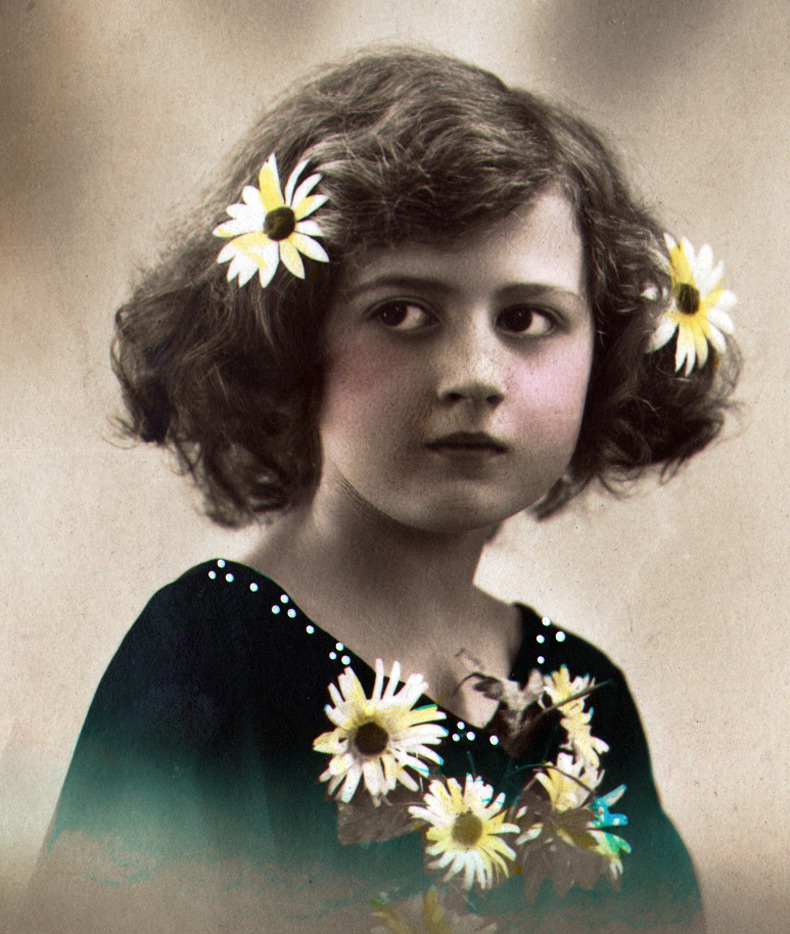
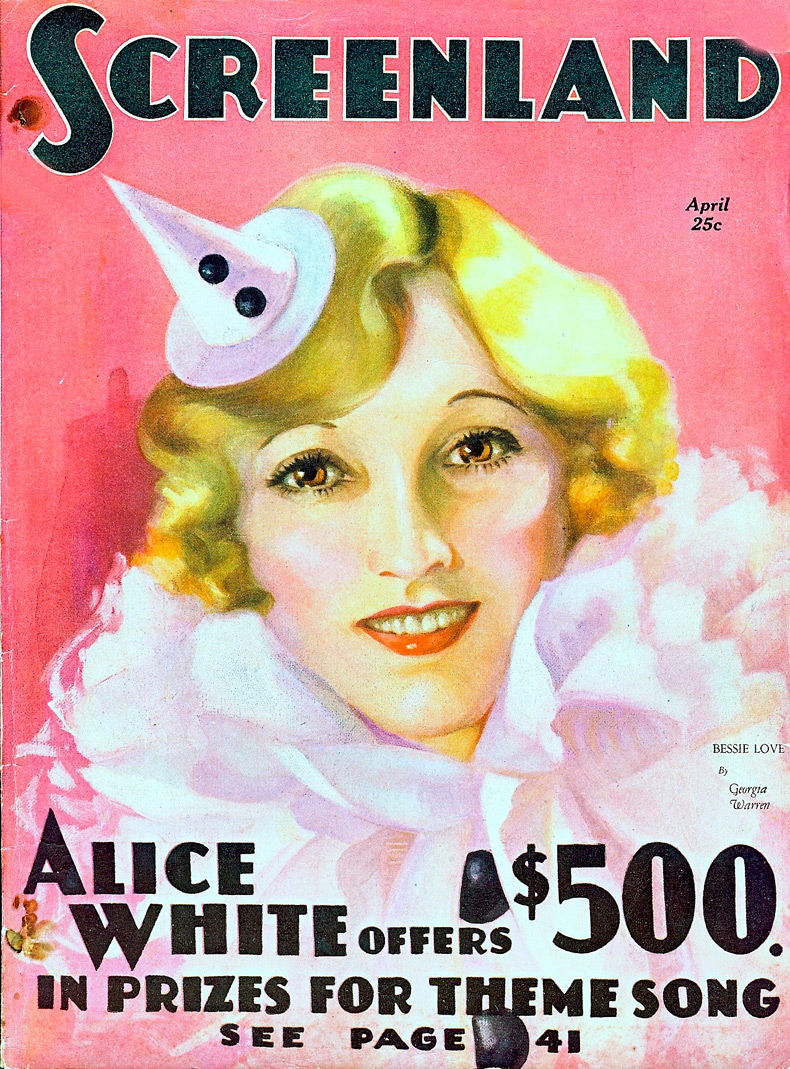
Fashion glossy magazines
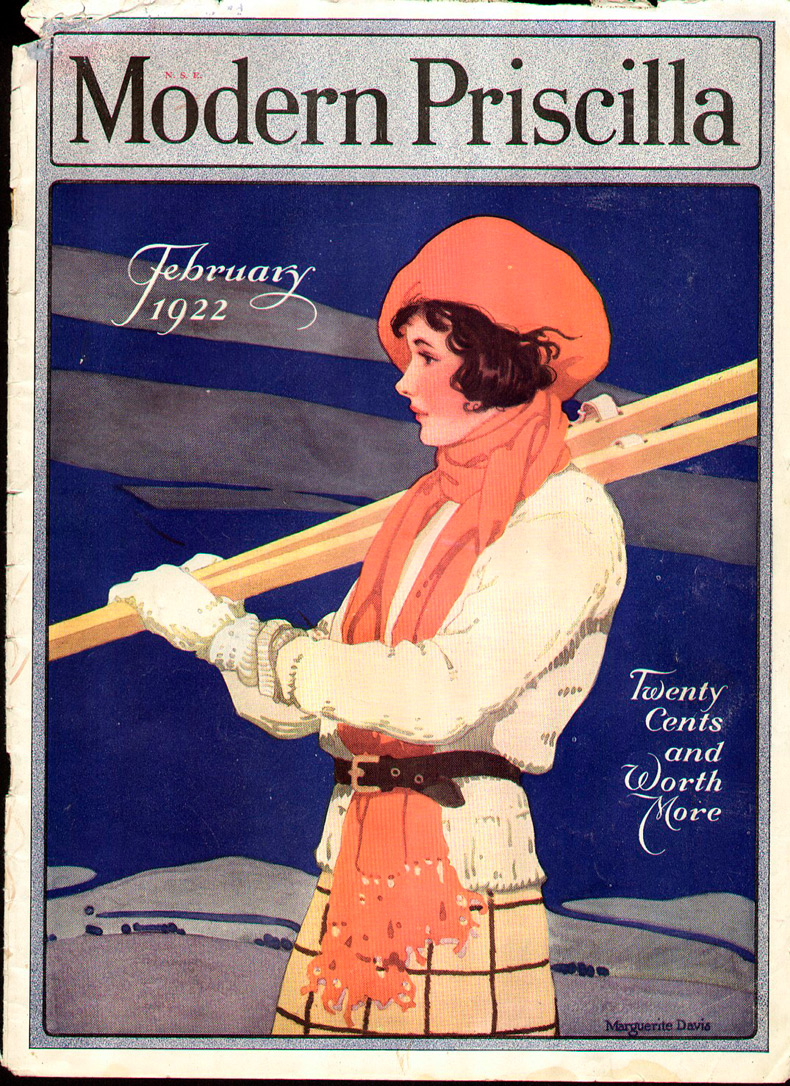
Comments and Reviews
Add a comment
Rating news
Shades of clothing that make women look younger
What shades of hair make women younger: rules and photos
Funny wedding dresses - photos and ideas
12 most expensive down jackets for the winter
How to look 25 at 40: tips from supermodels
Beautiful schoolgirls
Anti-aging haircuts and hairstyles for women
Fashionable skirts for autumn and winter
Fashionable women's trousers for the cold season
Fashionable and stylish sandals for summer 2024
Spring-summer 2024
 Fashionable dresses and tops with thin spaghetti straps
Fashionable dresses and tops with thin spaghetti straps
 Bandana tops: how to wear stylishly and beautifully
Bandana tops: how to wear stylishly and beautifully
 How to put together the perfect men's wardrobe for the summer
How to put together the perfect men's wardrobe for the summer
 Trendy shorts for spring-summer 2024
Trendy shorts for spring-summer 2024
 Fashionable skirts for spring-summer 2024: a guide to online shopping
Fashionable skirts for spring-summer 2024: a guide to online shopping
 The most fashionable dresses spring-summer 2024: styles and colors
The most fashionable dresses spring-summer 2024: styles and colors
 Fashionable total look 2024: image ideas and trends
Fashionable total look 2024: image ideas and trends
